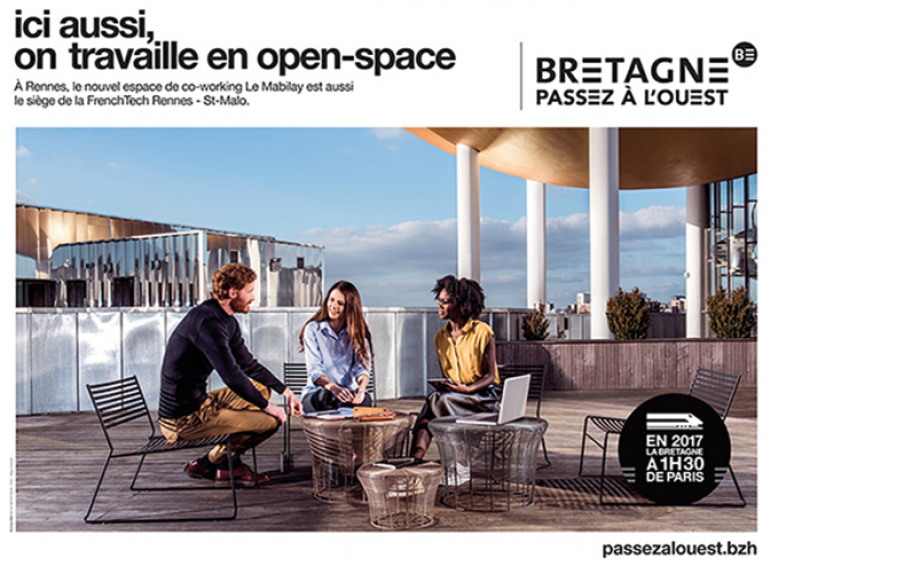The Bretagne-Pays de la Loire (BPL) high-speed line (LGV - Ligne à Grande Vitesse) observatory was created in 2012 by SNCF Réseau and Eiffage Rail Express. It is intended to analyse the socio-economic and environmental effects of the infrastructure on the scale of the territories crossed. Beyond the regulatory requirements established by the inland transport act (LOTI), which provides for socio-economic and environmental assessments to be produced 3 to 5 years after the commissioning of major transport infrastructures, Eiffage and SNCF have committed to the long term and have undertaken a 10-year monitoring effort thanks to this observatory. The studies kicked off right from the construction phase, and will be funded up until 2022.
The observatory is committed to regularly giving a voice to the stakeholders in the territories affected by the high-speed rail line, as well as to elected officials and the scientific experts involved. It is a very important scientific instrument for the Group, as it demonstrates Eiffage’s commitment to society and regional development.
It is structured around 4 objectives and study topics defined when it was created:
- Ensuring the socio-economic and environmental monitoring of the LGV during the line's construction and maintenance phases via studies on the activities generated, the tourism offer, or the development of biodiversity and the surrounding landscapes;
- Assessing the impact of the project and its perception by public opinion via studies on local residents' life environment;
- Providing transparent information on the LGV's direct and indirect effects on the territories concerned via the observatory’s website, as well as through scientific publications, conferences and exhibitions, all open to the public;
- Improving the design and integration of future LGV projects by drawing on this specific feedback.
The observatory is the focal point of diverse spheres of internal expertise:
- those of the department for sustainable development and cross-functional innovation (DDDIT) which oversees the observatory on behalf of Eiffage Rail Express (ERE);
- those of the Opérateur Ligne Eiffage Rail Express (OPERE), the subsidiary responsible for the line's maintenance;
- those of the communications teams.
It also brings together a community of a hundred or so recognised experts.
After 7 years of existence, the observatory has produced more than 40 investigation reports on 18 socio-economic or environmental topics, as well as on cross-disciplinary issues such as agriculture, which serve to measure the externalities of the LGV on the territories crossed.
The latest socio-economic reports establish a "zero state" of ten train station districts served by the LGV or benefiting from the "high speed" effect in order to analyse their development in 3 years' time. Other studies focus on the adaptation of the tourism supply in the two regions concerned. Regarding the environment, long-term studies of target species (bats, amphibians, otters) serve to gauge the effect of specific infrastructure developments on their behaviour. A report published in May will take stock of 3 years' monitoring of the European Otter in the Mayenne region's Vicoin Valley, a species that had previously disappeared.
Every half-year, a letter from the observatory is published with all the latest news on the high-speed line and the progress of the studies carried out.
In the 5th issue released this month, you can discover the line's traffic trends, an environmental section on the behaviour of amphibians, and a host of other news topics relating to the LGV BPL.
Don’t forget our annual Observatory seminar on Friday 27 September 2019 in Laval, at the Echologia leisure park, this year dedicated to the environment, in which the results of these studies, among others, will be presented.

